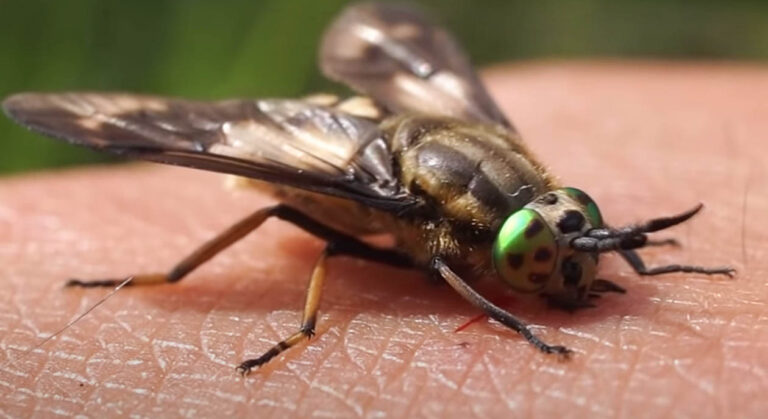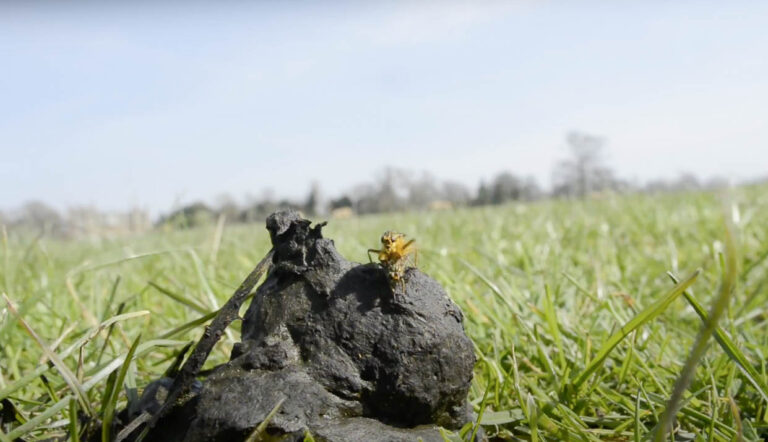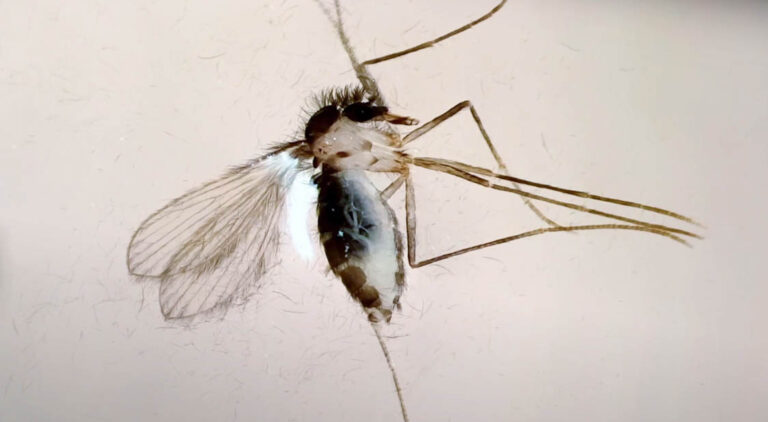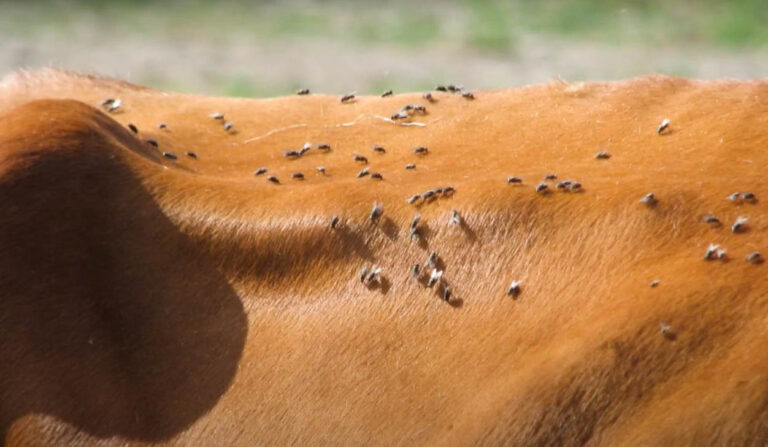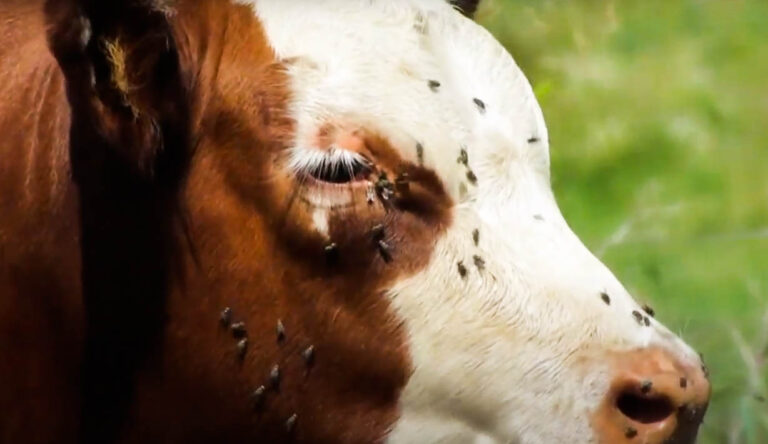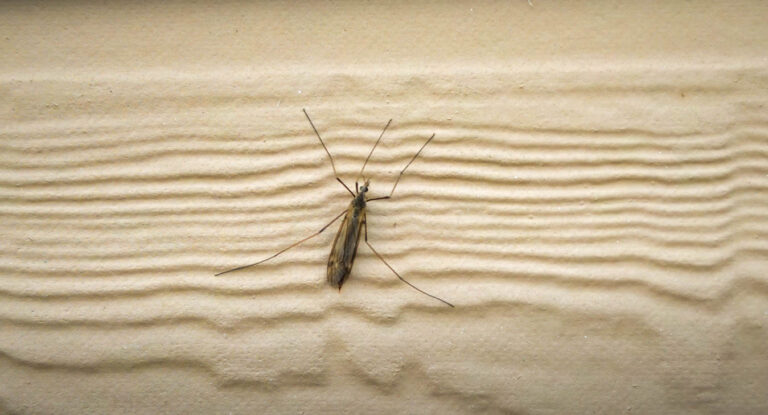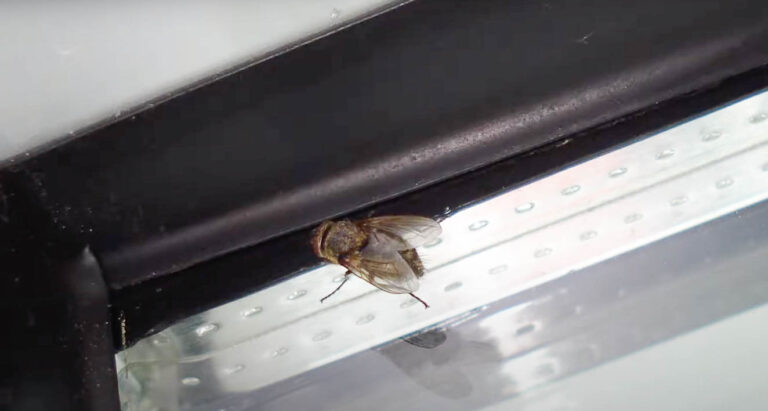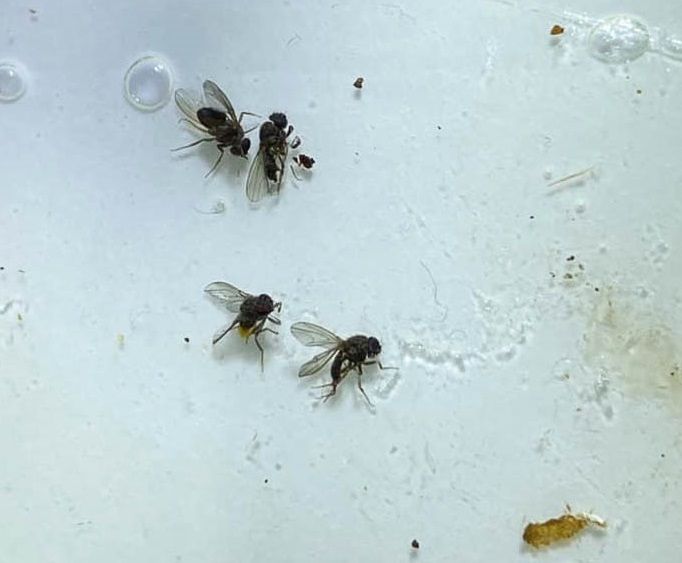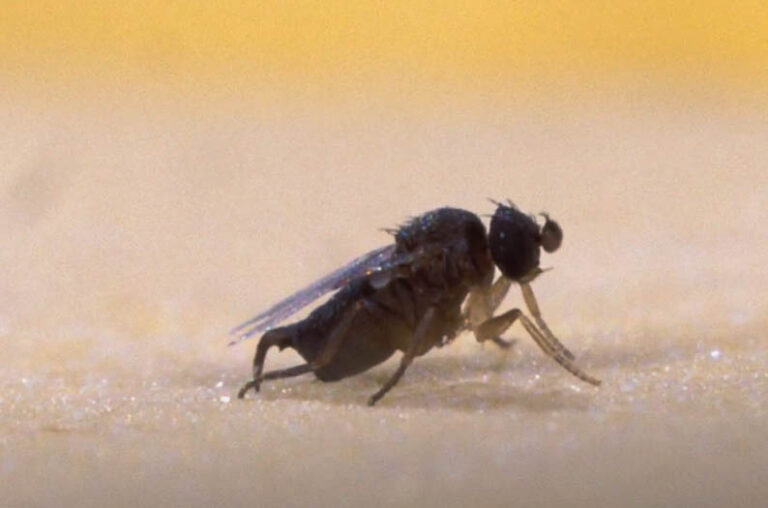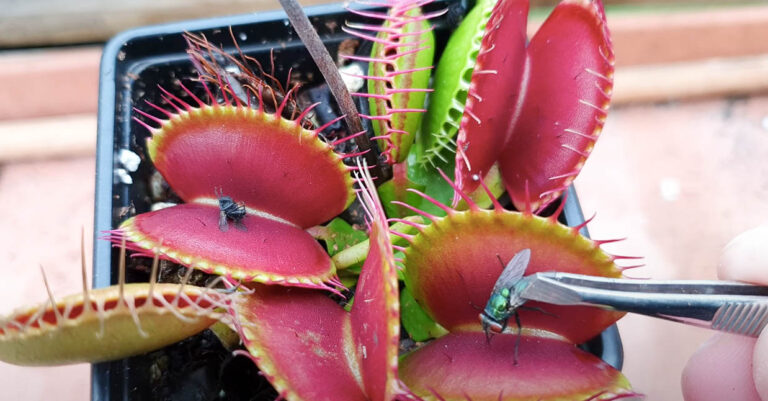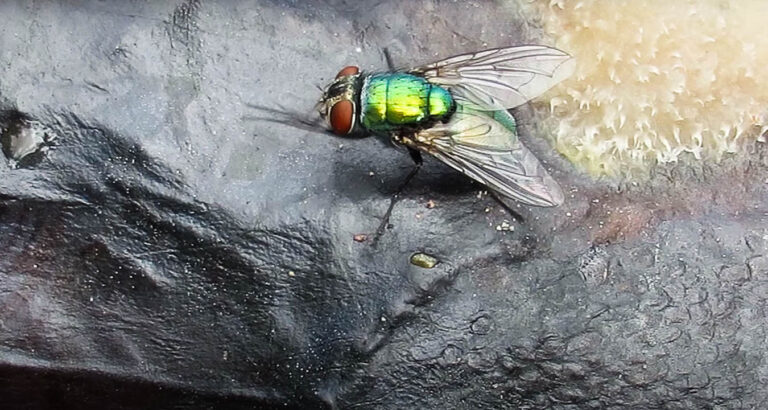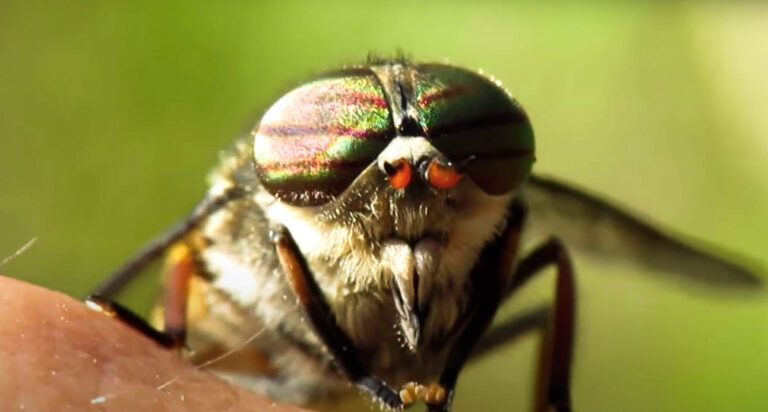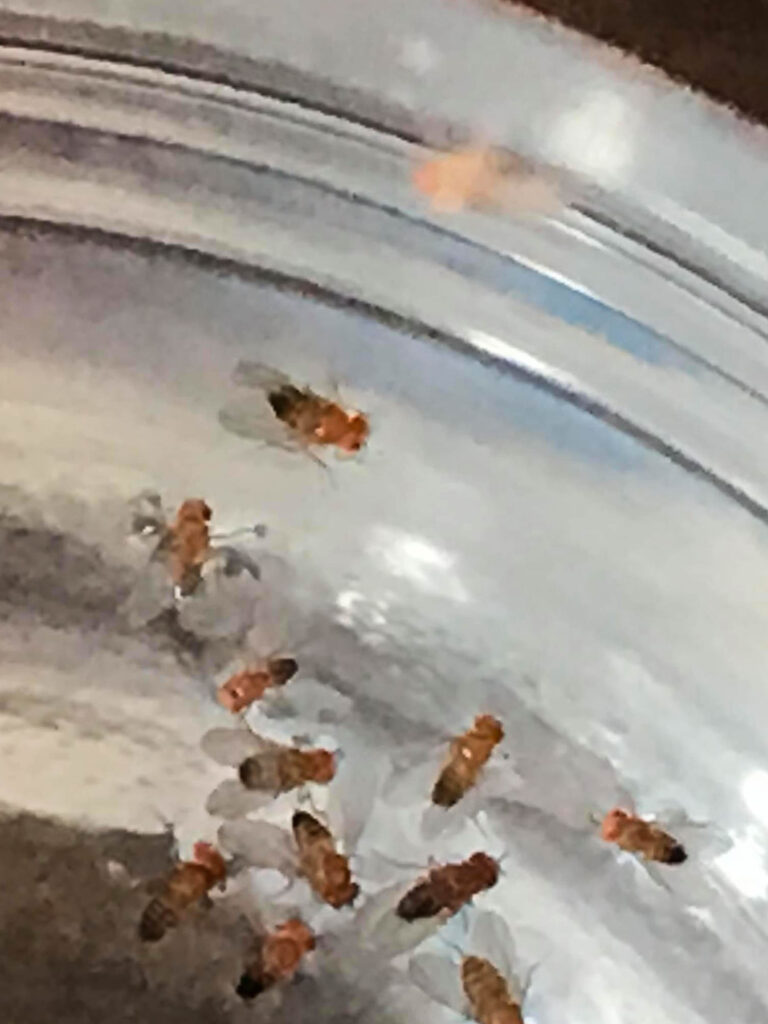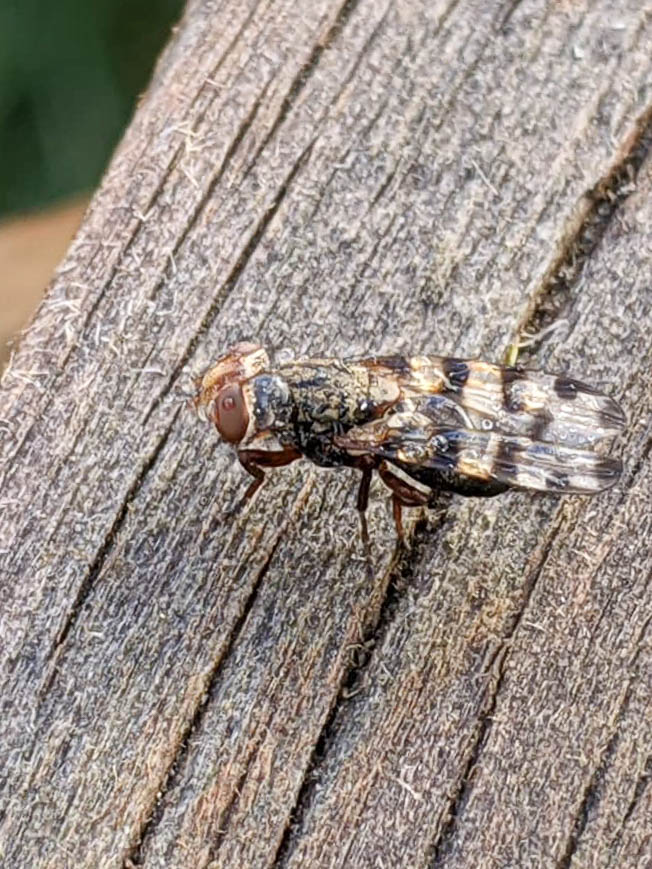About the Horn Fly
There is an almost mind-boggling number of fly species out there. Most people have seen them even if they have a hard time telling them all apart. Various fly species have differences, though, and knowing those differences is important because some flies are more dangerous than others. While some are a nuisance, others can be problematic for people. Still, others are less of a problem for people but can be a serious issue when it comes to livestock. One such type of fly is the horn fly. Though small and not prone to attacking people, they are a biting fly that preys upon livestock. This can make them a danger for farmers and ranchers.
Appearance
Horn flies are about half the size of the common housefly. They can be brown or black like houseflies, too. This makes telling them apart from other flies relatively easy, as most pesky flies are either a lot smaller than houseflies or noticeably larger. They also tend to have red antennae, which is a little trickier to identify but can help tell horn flies apart from other species.
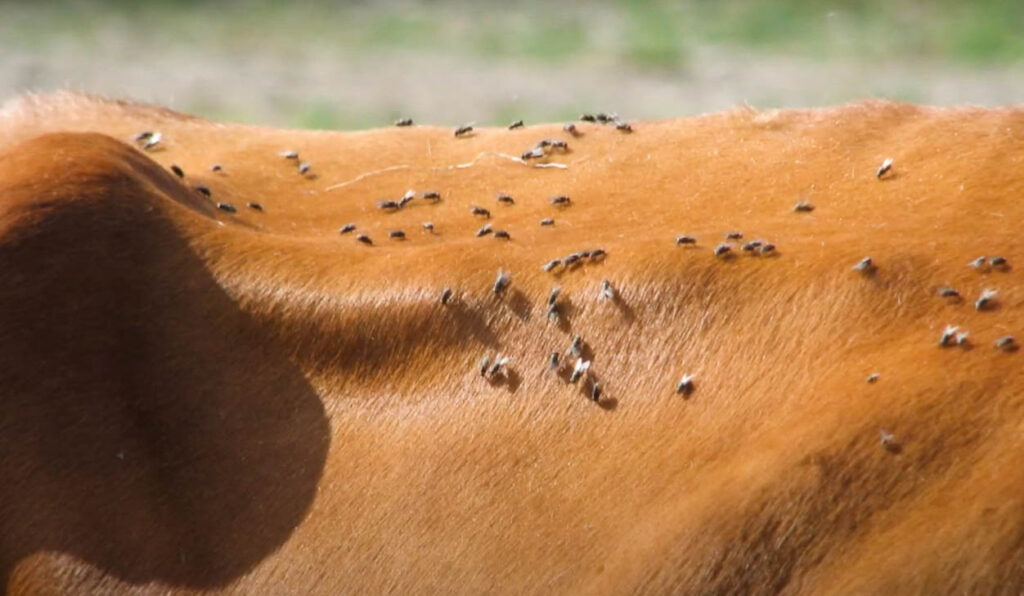
Behavior
Horn flies are a biting fly and love to pester livestock. Unlike some species of insects where only the females consume flesh and blood to gain protein for egg production, both male and female horn flies bite. This makes them even more annoying than other biting flies. The flies will bite at livestock along their backs and rears where they’re the most vulnerable, though when it gets hot they’ll go for the belly as well. This makes them a constant nuisance amongst livestock, which makes them a continual worry for farmers and ranchers. Their bites can become infected and spread disease, which is never good.
Life cycle
Female horn flies lay their eggs in freshly deposited animal dung. The larva will live in the poop for a week or two and then find dry soil to pupate. Like other fly species, the pupa will sit out the winter in this state in more temperate climates before emerging as flies once the weather turns warmer. This makes them more common in the spring and autumn, as they dislike the intense heat of the summer. This can vary by region, of course. The flies themselves only live for a few weeks, just like other species. The females can lay hundreds of eggs at a time, so if left unattended horn flies can easily become a serious problem.
Habitat
Horn flies are originally from France, but they have spread across Europe, Asia, and the Americas to become a nuisance to farmers and ranchers across the globe. They prefer temperate climates but don’t mind hotter regions like the southern United States. Annoying, adaptable, and persistent, horn flies will travel for miles in search of food if needed. Basically, where there is livestock, primarily cattle, bison, and other such critters, horn flies are likely to be found. Fortunately, the standard methods of dealing with horn flies are reasonably effective against them. If left unattended, horn fly populations can easily swell due to their prolific egg-laying. Since both males and females bite, they are even more worrisome as a pest than other fly species.
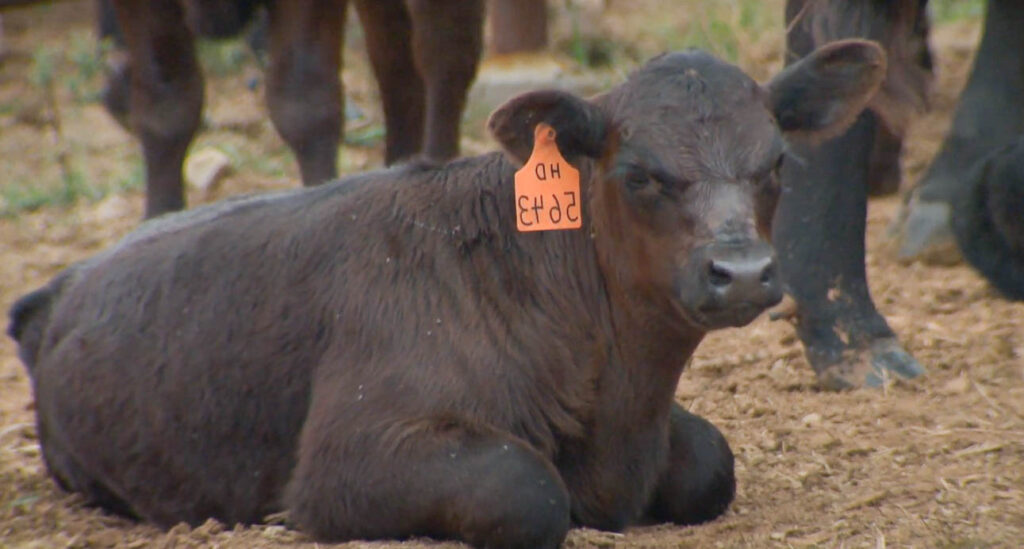
Horn flies rarely bite humans or their pets, since cattle make a much more inviting and easier to strike target. The constant attacks on cattle can inhibit growth and milk production. Also, as noted before, they can spread disease and infections. Since they breed in fresh manure, controlling them can be difficult but not impossible. Dust bags, sprays, and repellents on the livestock are usually effective.
Horn flies are fast but seasonal breeders that can prove a persistent problem for farmers and ranchers. Making sure they don’t breed too much or too fast is essential to keeping them under control so they don’t spread disease or inhibit the livestock. Biting flies, in general, are a problem, but horn flies especially so thanks to both males and females being biters.

